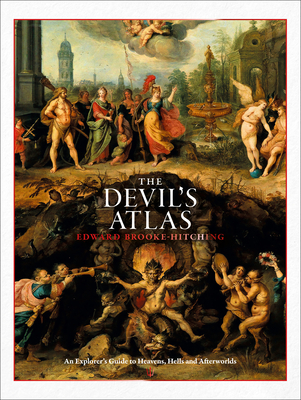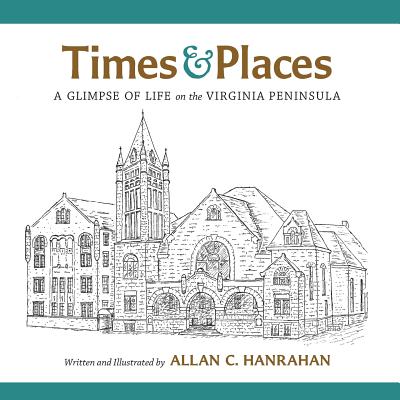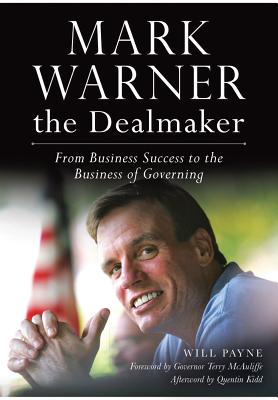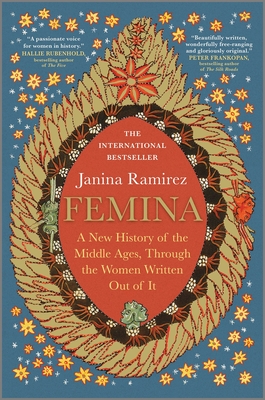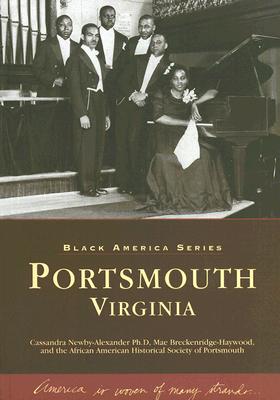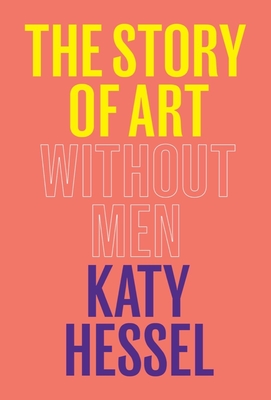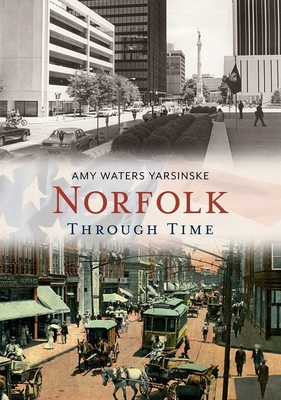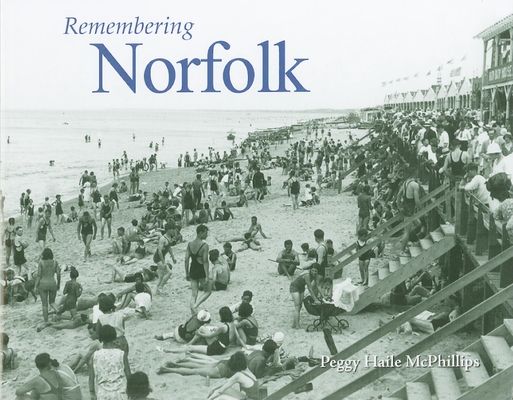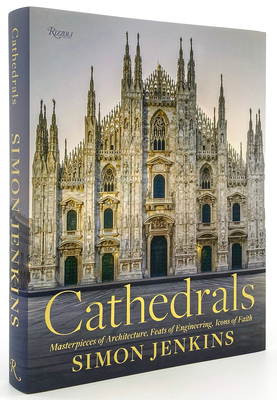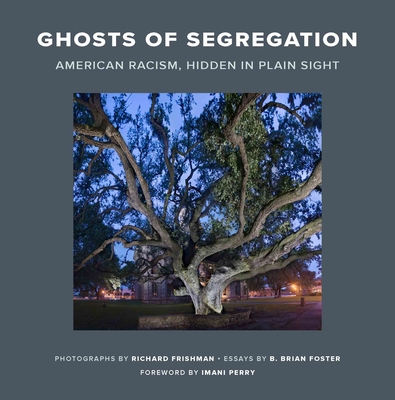
Bricks & Mortals: Ten Great Buildings and the People They Made
Description
We don't just look at buildings: their facades, beautiful or ugly, conceal the spaces where we live. We are born, work, love, and die in architecture. We buy and sell it, rent and squat it, create and destroy it. All of these aspects of buildings-economic, erotic, political, and psychological-are crucial if we are to understand architecture properly. And because architecture molds us just as much as we mold it, understanding architecture helps us to understand our lives and our world.
In this book, ten buildings from across the globe tell stories of architecture from the beginning of civilization to the present day. From the remains of the Tower of Babel to the Summer Palace in Beijing, built and destroyed by Europeans, to the Ford car plant where the production line was born, Tom Wilkinson unpicks these structures to reveal the lives of the people who built and used them. Architecture has always had a powerful and intimate relationship with society and the lives of those who build and live with it. It has often been used to try and improve society. But can architecture change our lives for the better?
The buildings are: the Tower of Babel, Babylon; Nero's Golden House, Rome; Djinguereber Mosque, Timbuktu; Palazzo Rucellai, Florence; the Garden of Perfect Brightness, Beijing; the Festival Theatre, Beyreuth; E.1027, Cap Martin; Highland Park Ford Plant, Detroit; and the Finsbury Health Centre, London.
Praise for Bricks & Mortals: Ten Great Buildings and the People They Made
“[A] rich, centuries-spanning tour of great buildings.” —The Boston Globe
“Bricks and Mortals is likely to make readers more conscious of the structures they inhabit, work in and experience daily… A thought-provoking book.” —Economist
“A stunning antidote [to] conventional histories… Wilkinson's writing is informed by an astonishing breadth of knowledge… Solid doses of architectural history are enriched by an engrossing array of stories, meditations and historical contexts that humanize the buildings. One of the delights in reading Wilkinson is a sense of boundlessness and discovery on every page… Bricks and Mortals provides a chance to travel the world with a guide of uncommon wisdom and talent to discover how buildings make us who we are.” —Buffalo News
“[A] combination of perceptive architectural observation and licentious historical analysis …Wilkinson has looked at buildings honestly and can write about them well. What he wants, I think, is to provoke readers into thinking of architecture as a subject concerned with much more than stones and proportions, famous names and revered monuments.” —New Republic
“A witty, erudite narrator not shy about inserting his opinions, Wilkinson draws on his extensive knowledge of art, literature, history urban planning, sociology, and culture to explore the intimate relationship between architecture and society.” —Publishers Weekly
“A lively combination of scholarship, cultural history and sharp-tongued social commentary about our buildings… A scholarly but swiftly flowing text that glistens with attitude.” —Kirkus Reviews
“A rich, thoughtful and insightful inquiry into why buildings should be built first and foremost for people. His prose is smart, witty and opinionated… As he easily jumps from architecture to popular culture to philosophy to history, Wilkinson's stimulating critical inquiries reveal an engaged social conscience. Outstanding.” —Shelf Awareness
“[A] wide-ranging and stimulating new book… This thought-provoking exploration of different kinds of architecture helps us better understand something we often take for granted or consider too specialized.” —BookPage


